-
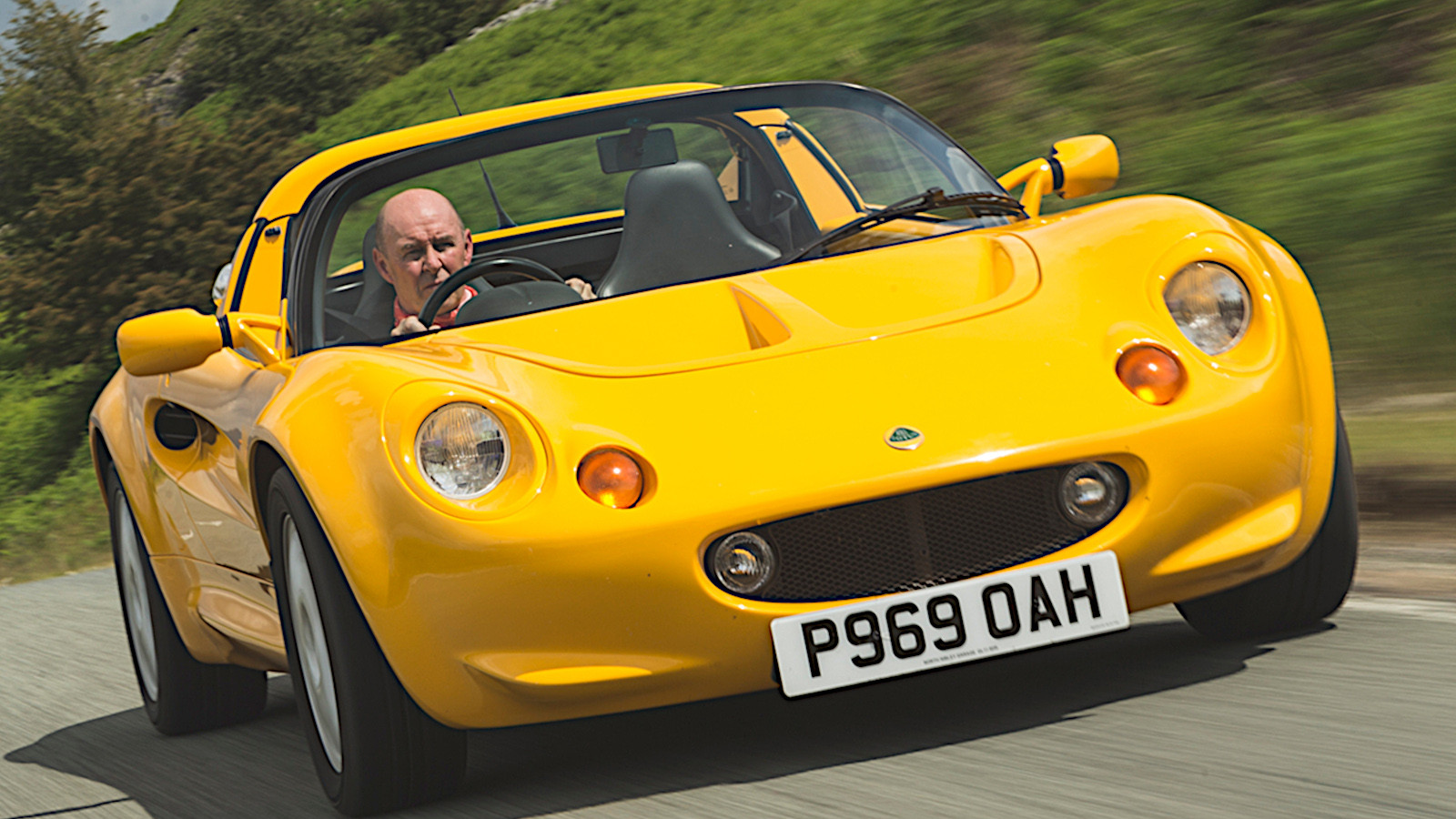 © Luc Lacey/Classic & Sports Car
© Luc Lacey/Classic & Sports Car -
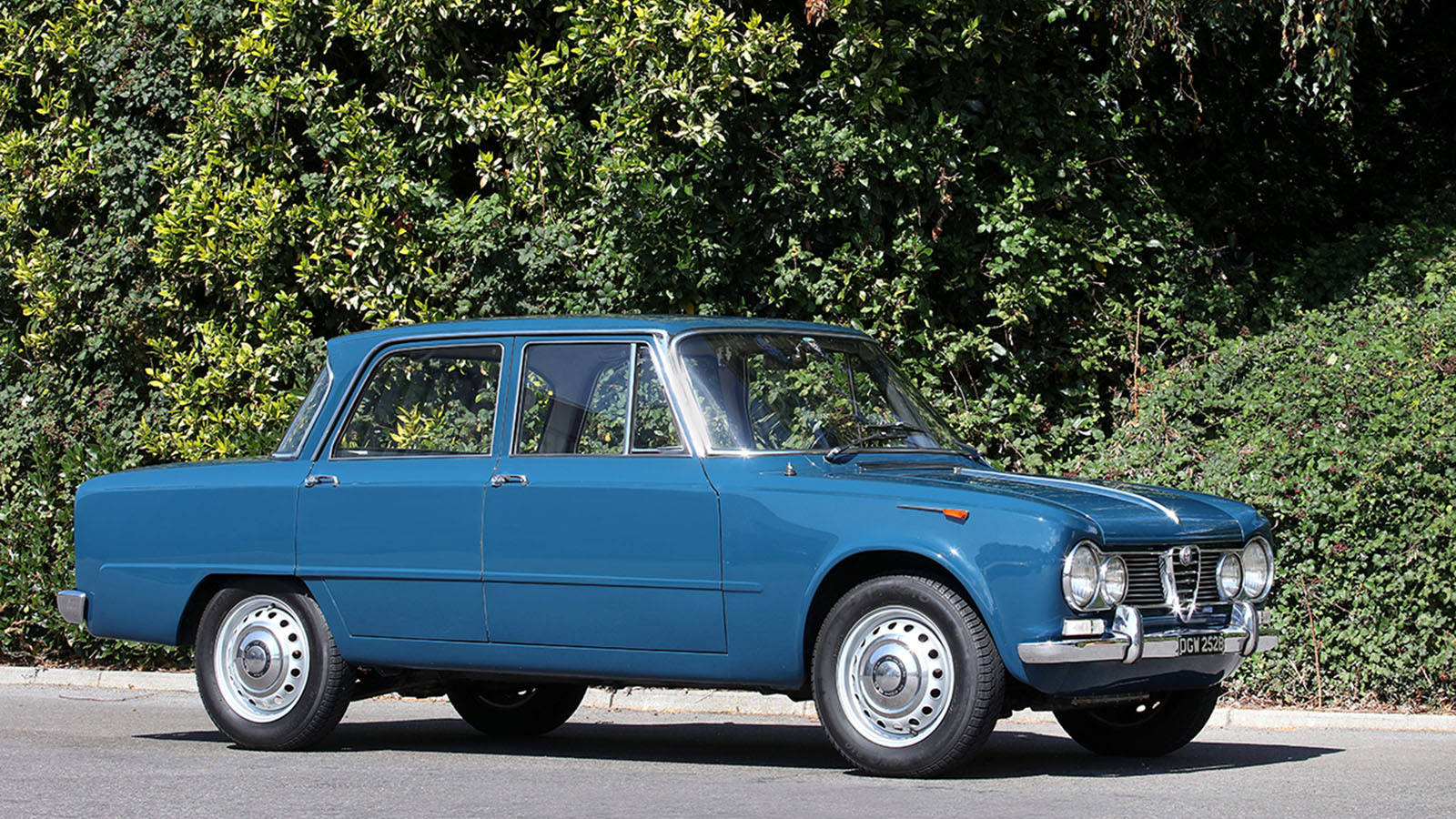 © James Mann/Classic & Sports Car
© James Mann/Classic & Sports Car -
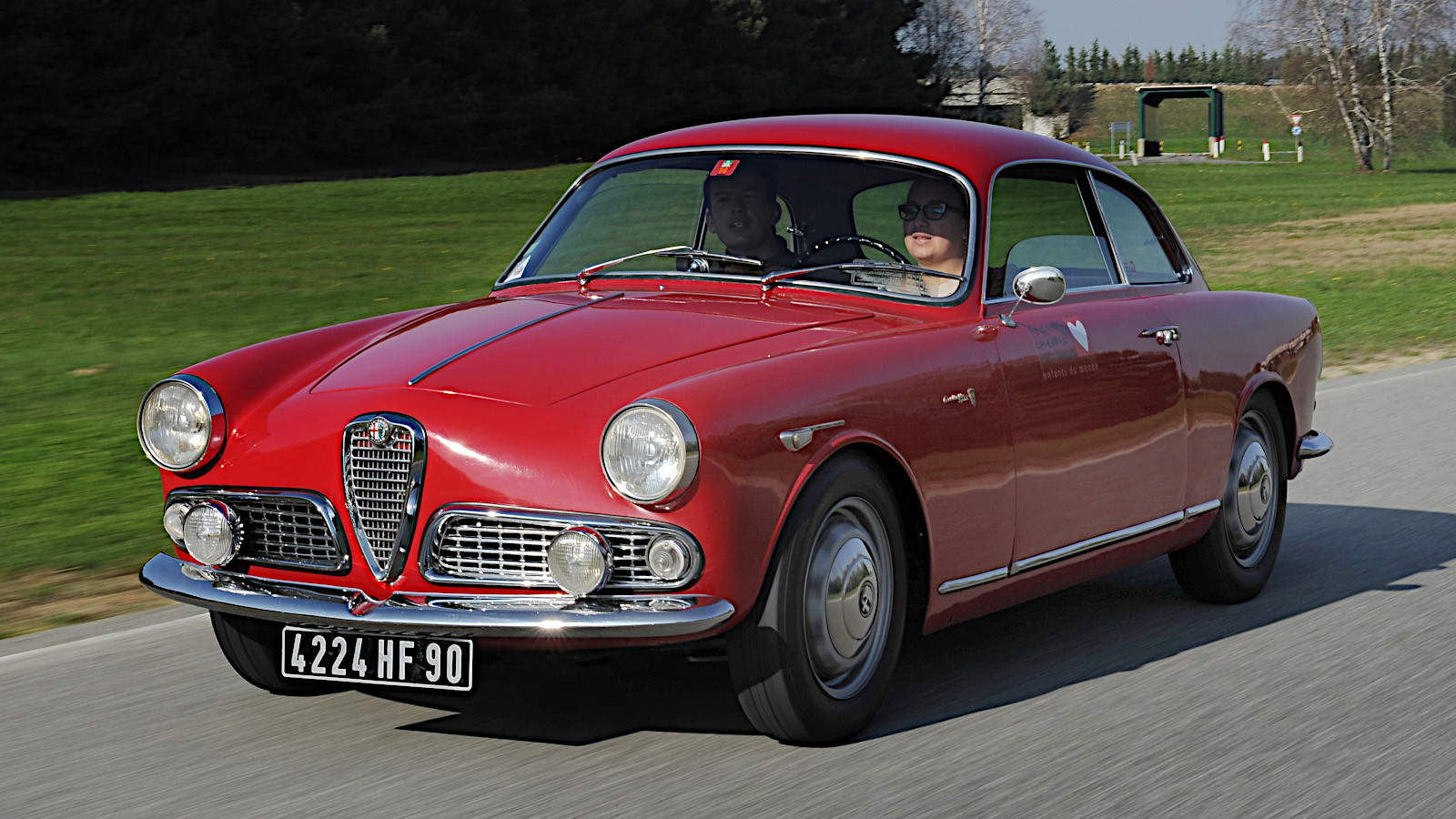 © Stellantis
© Stellantis -
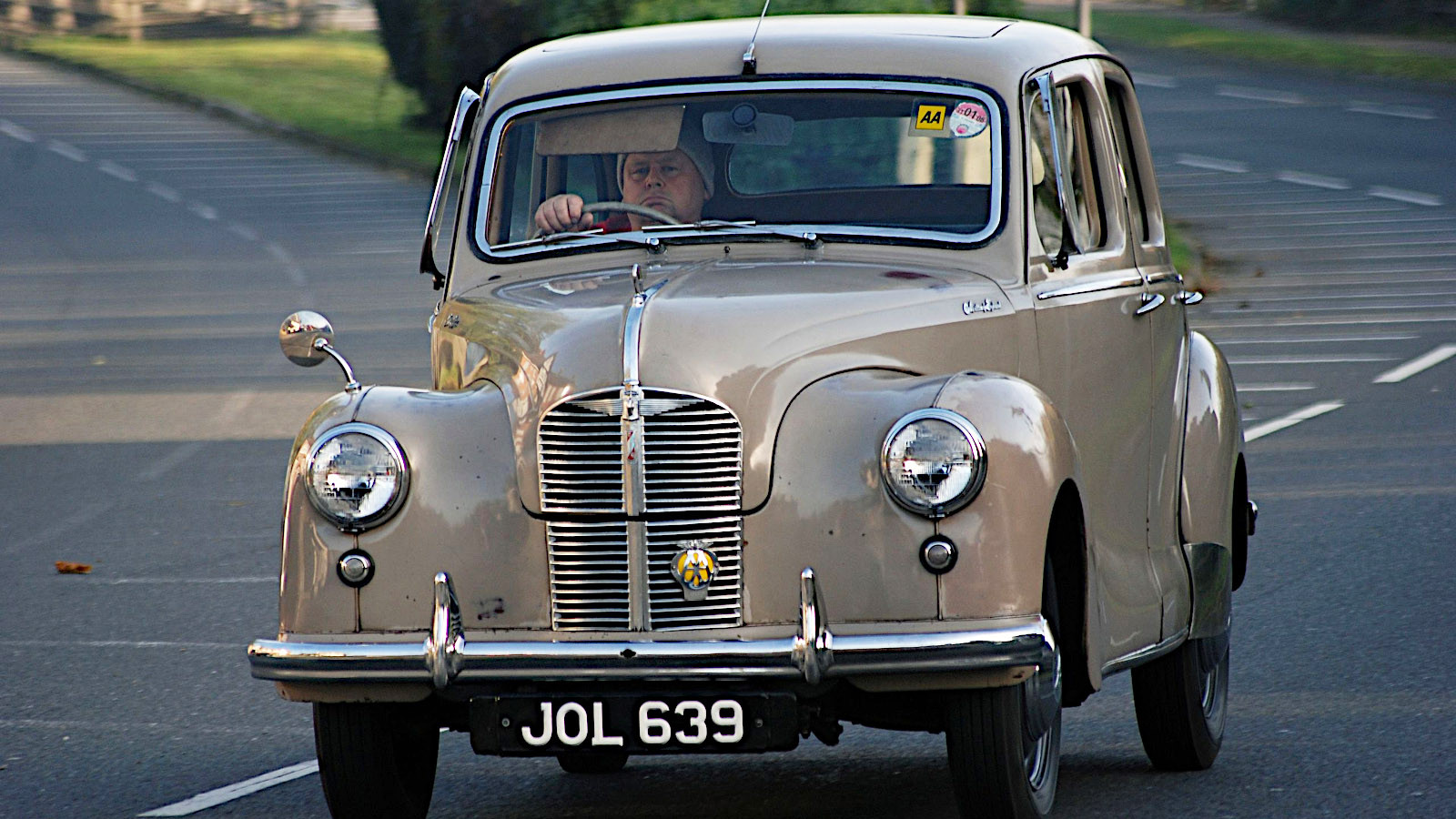 © Allen Watkin/Creative Commons licence https://creativecommons.org/licenses/by-sa/2.0/legalcode.en
© Allen Watkin/Creative Commons licence https://creativecommons.org/licenses/by-sa/2.0/legalcode.en -
 © Brian Snelson/Creative Commons licence https://creativecommons.org/licenses/by/2.0/legalcode.en
© Brian Snelson/Creative Commons licence https://creativecommons.org/licenses/by/2.0/legalcode.en -
 © Lothar Spurzem/Creative Commons licence https://creativecommons.org/licenses/by-sa/2.0/de/legalcode.de
© Lothar Spurzem/Creative Commons licence https://creativecommons.org/licenses/by-sa/2.0/de/legalcode.de -
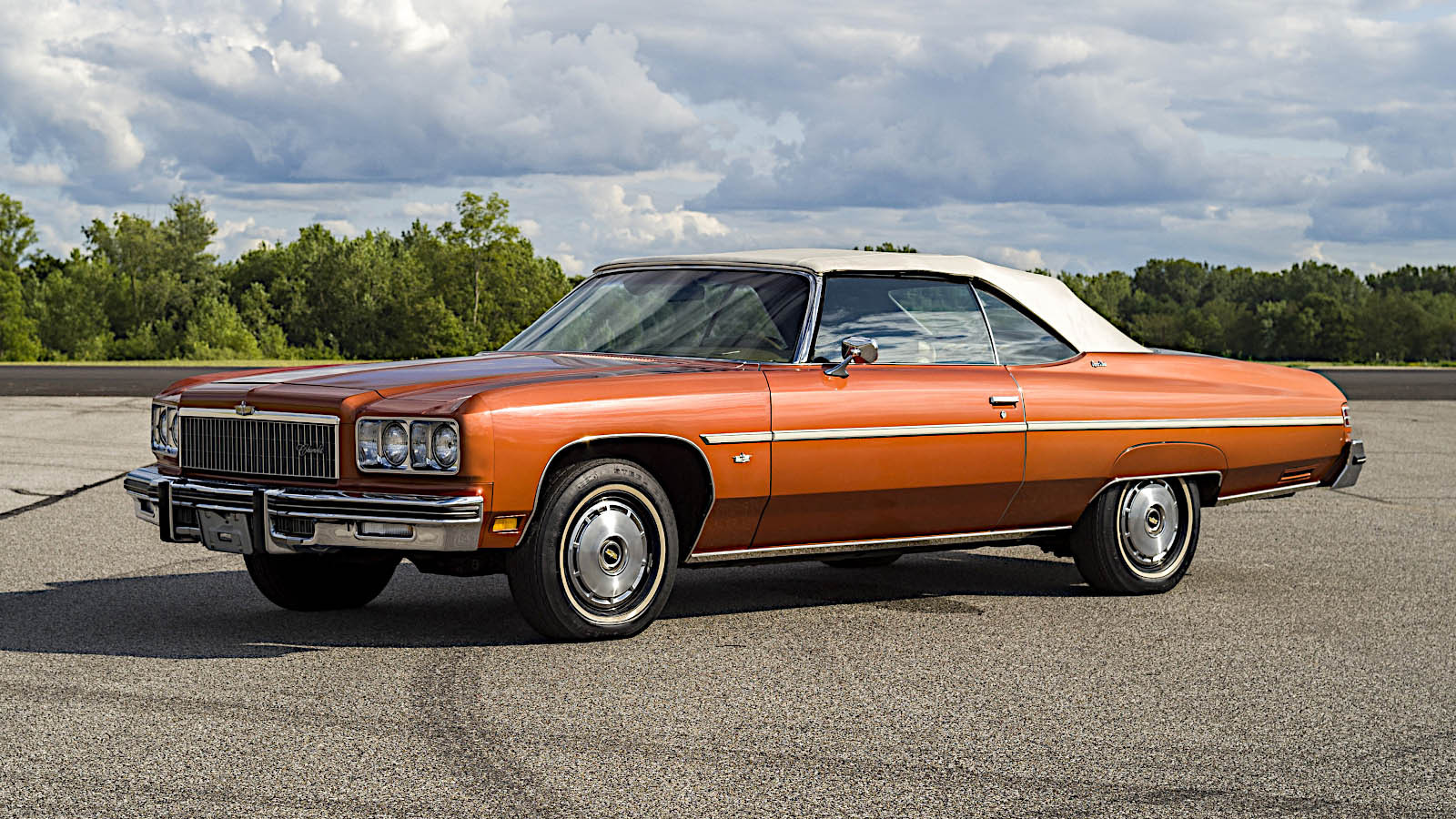 © RM Sotheby’s
© RM Sotheby’s -
 © Tony Baker/Classic & Sports Car
© Tony Baker/Classic & Sports Car -
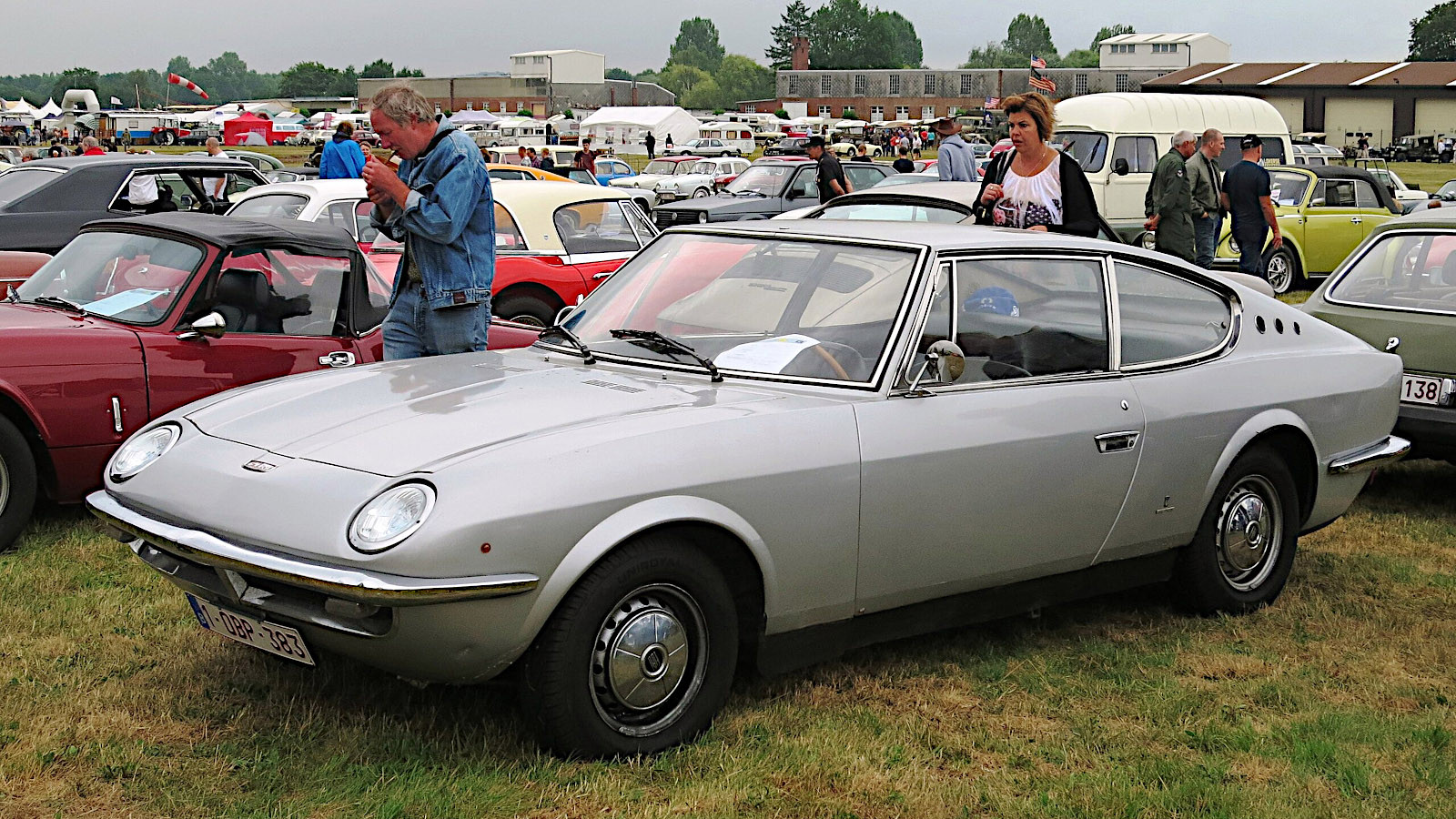 © Charles01/Creative Commons licence https://creativecommons.org/licenses/by-sa/4.0/legalcode.en
© Charles01/Creative Commons licence https://creativecommons.org/licenses/by-sa/4.0/legalcode.en -
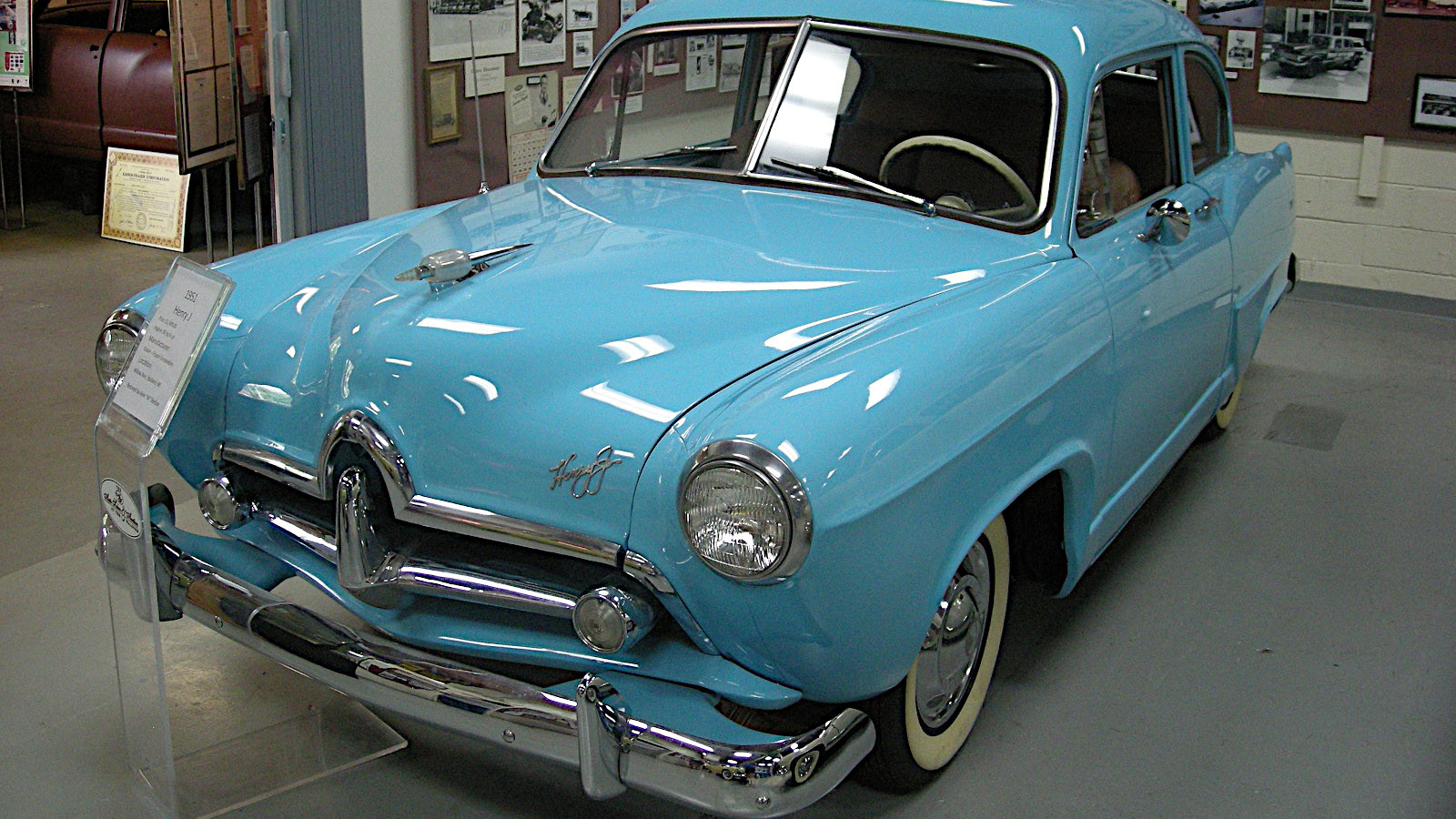 © Michael Barera/Creative Commons licence https://creativecommons.org/licenses/by-sa/4.0/legalcode.en
© Michael Barera/Creative Commons licence https://creativecommons.org/licenses/by-sa/4.0/legalcode.en -
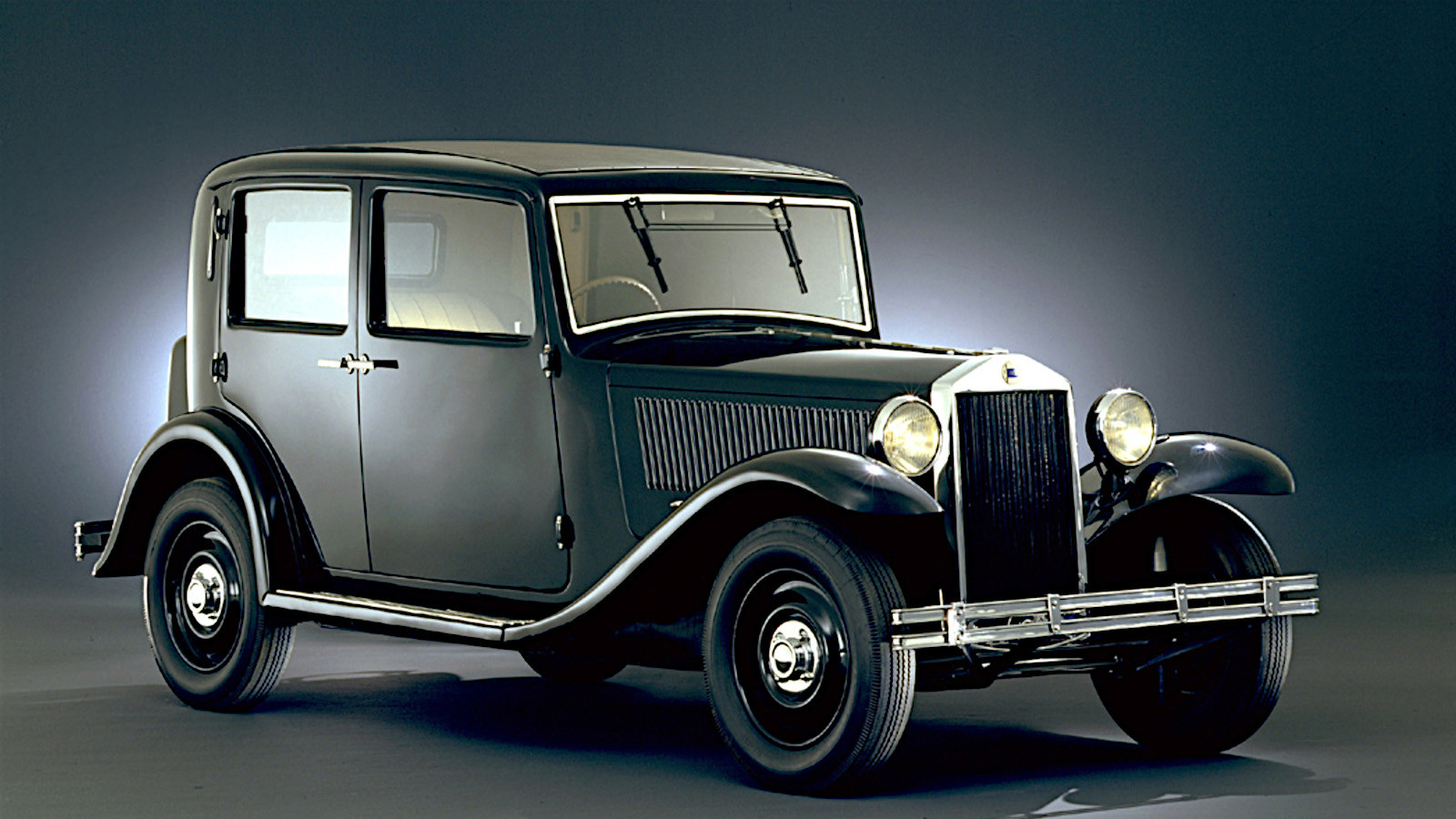 © Stellantis
© Stellantis -
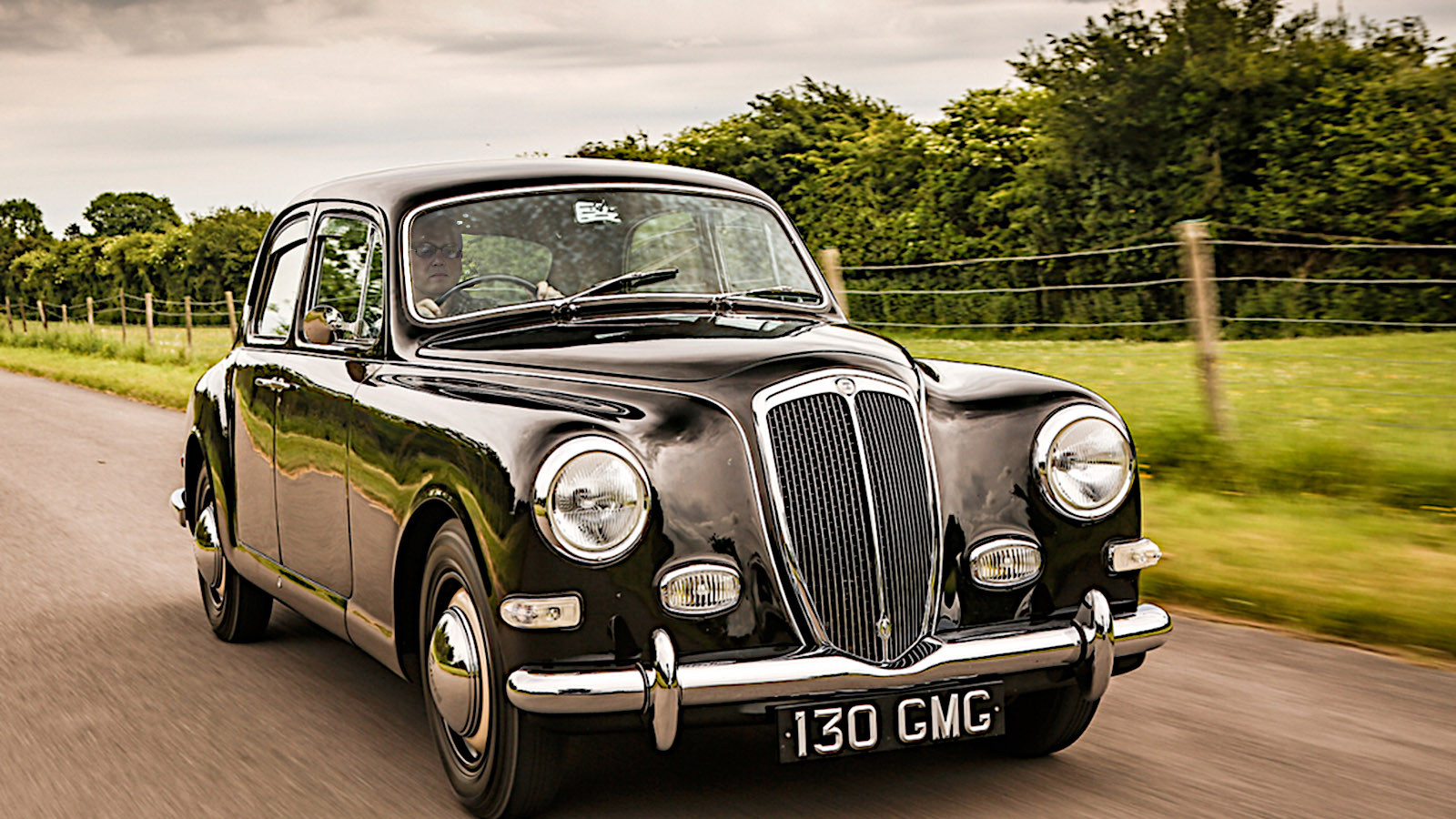 © Tony Baker/Classic & Sports Car
© Tony Baker/Classic & Sports Car -
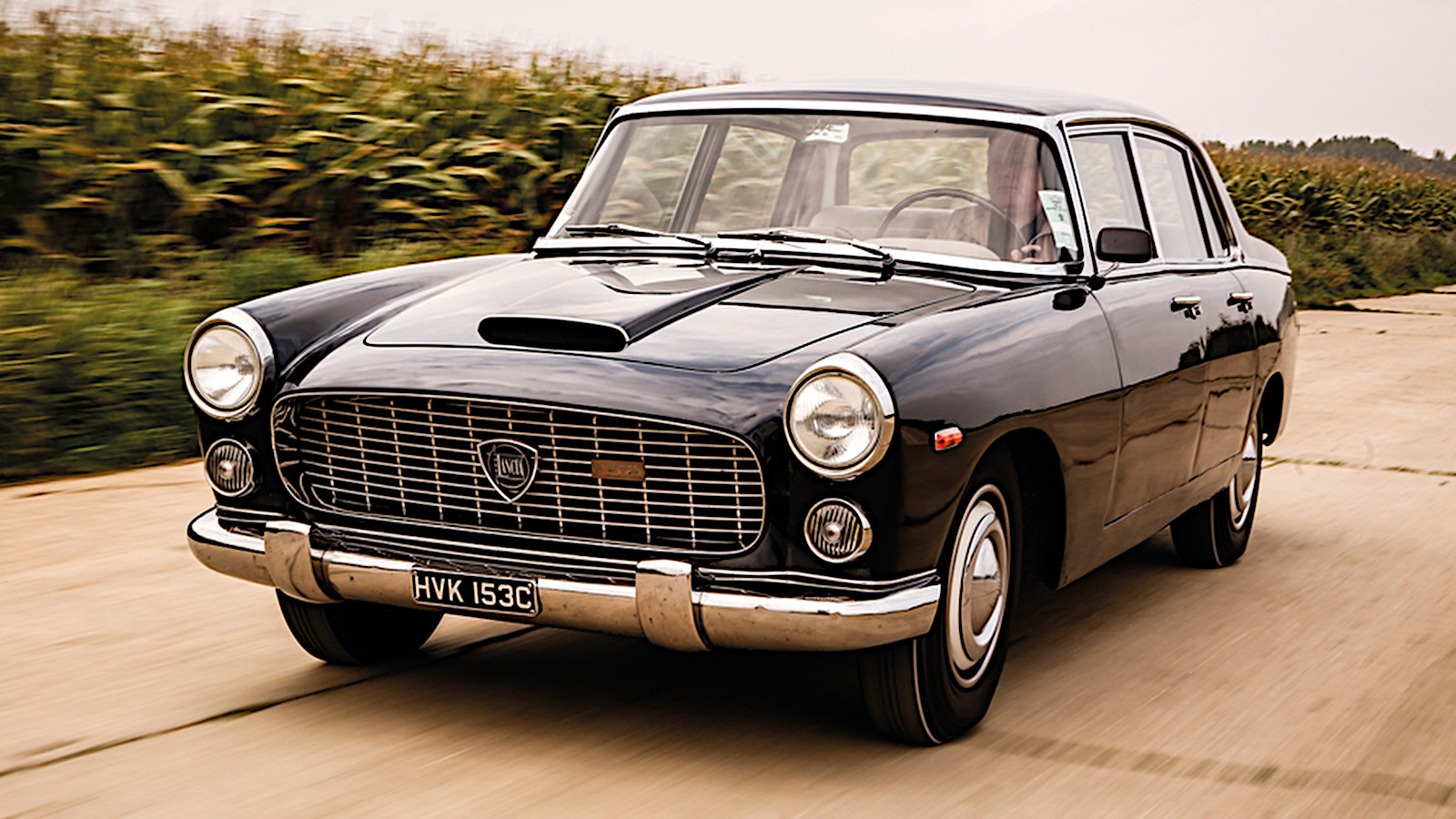 © Tony Baker/Classic & Sports Car
© Tony Baker/Classic & Sports Car -
 © John Lloyd/Creative Commons licence https://creativecommons.org/licenses/by/2.0/legalcode.en
© John Lloyd/Creative Commons licence https://creativecommons.org/licenses/by/2.0/legalcode.en -
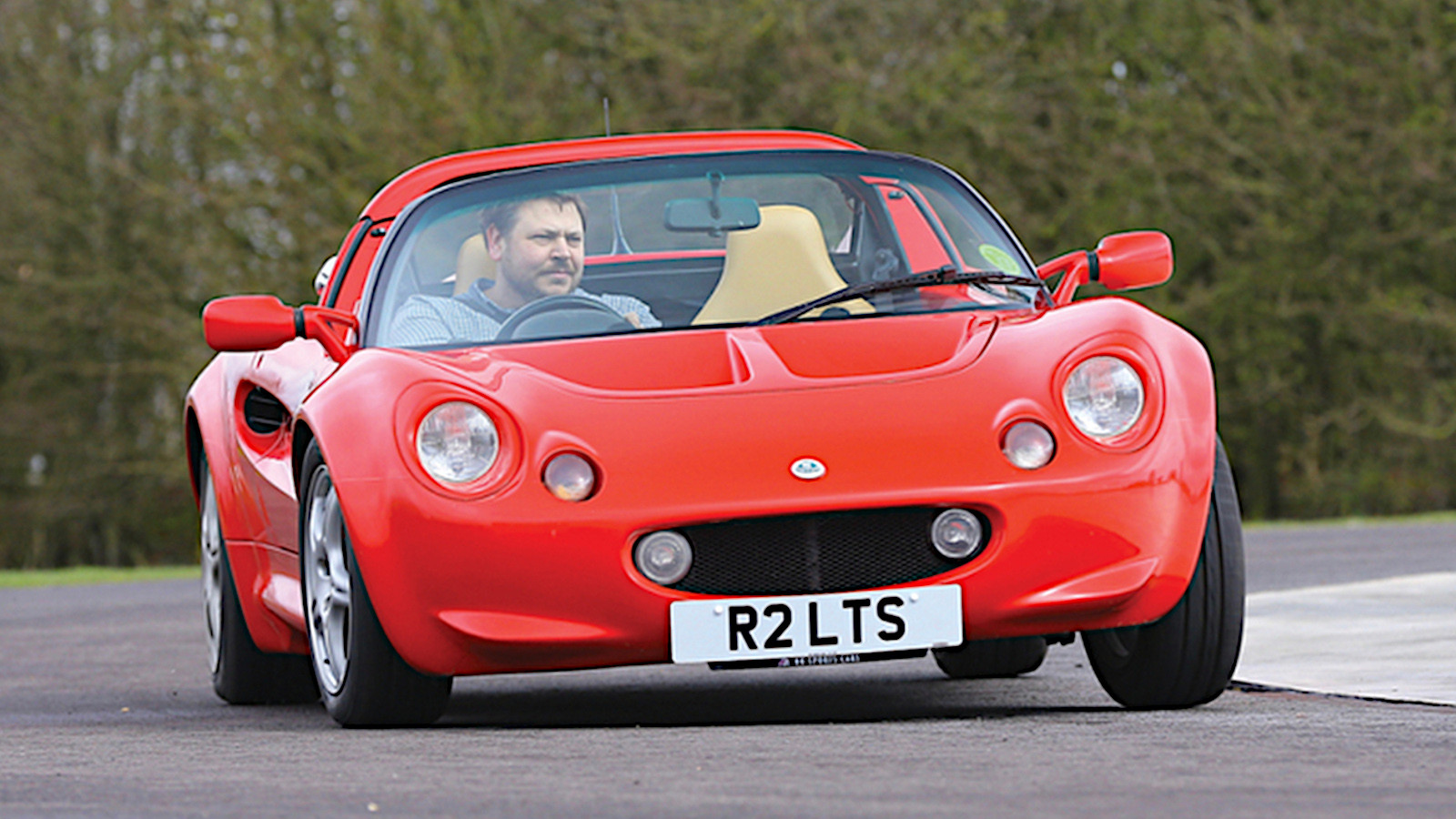 © Classic & Sports Car
© Classic & Sports Car -
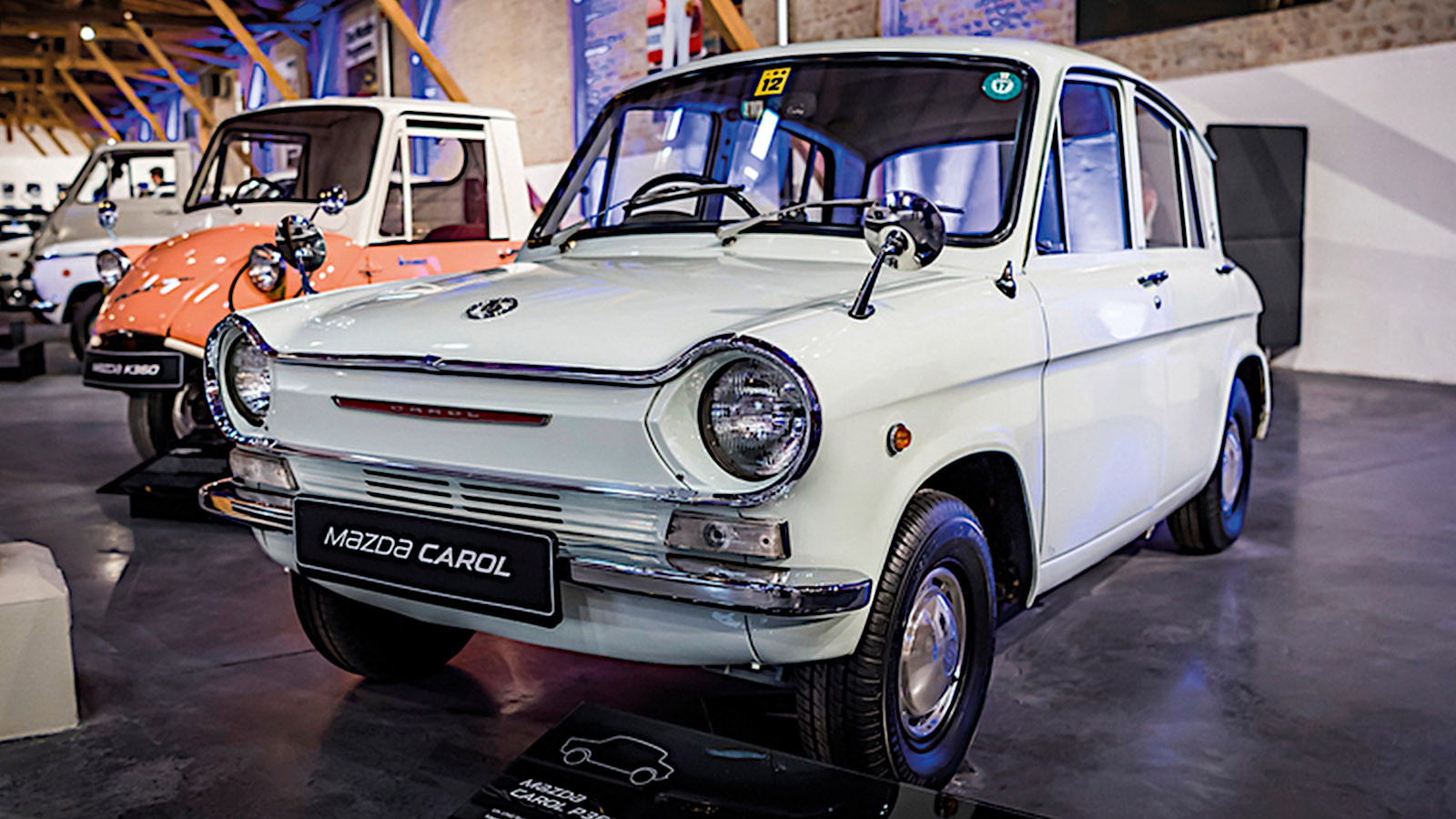 © Mazda
© Mazda -
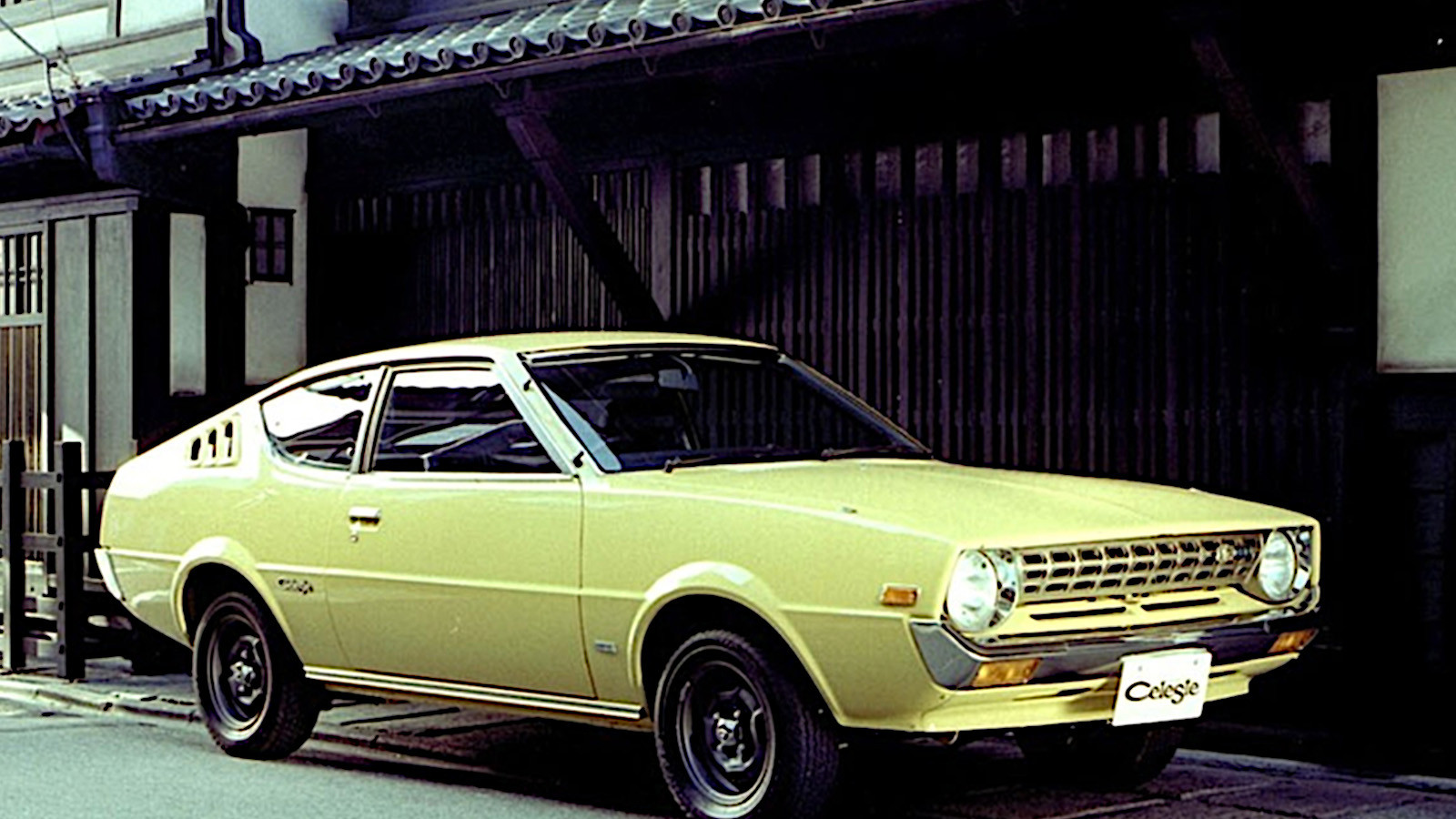 © Mitsubishi
© Mitsubishi -
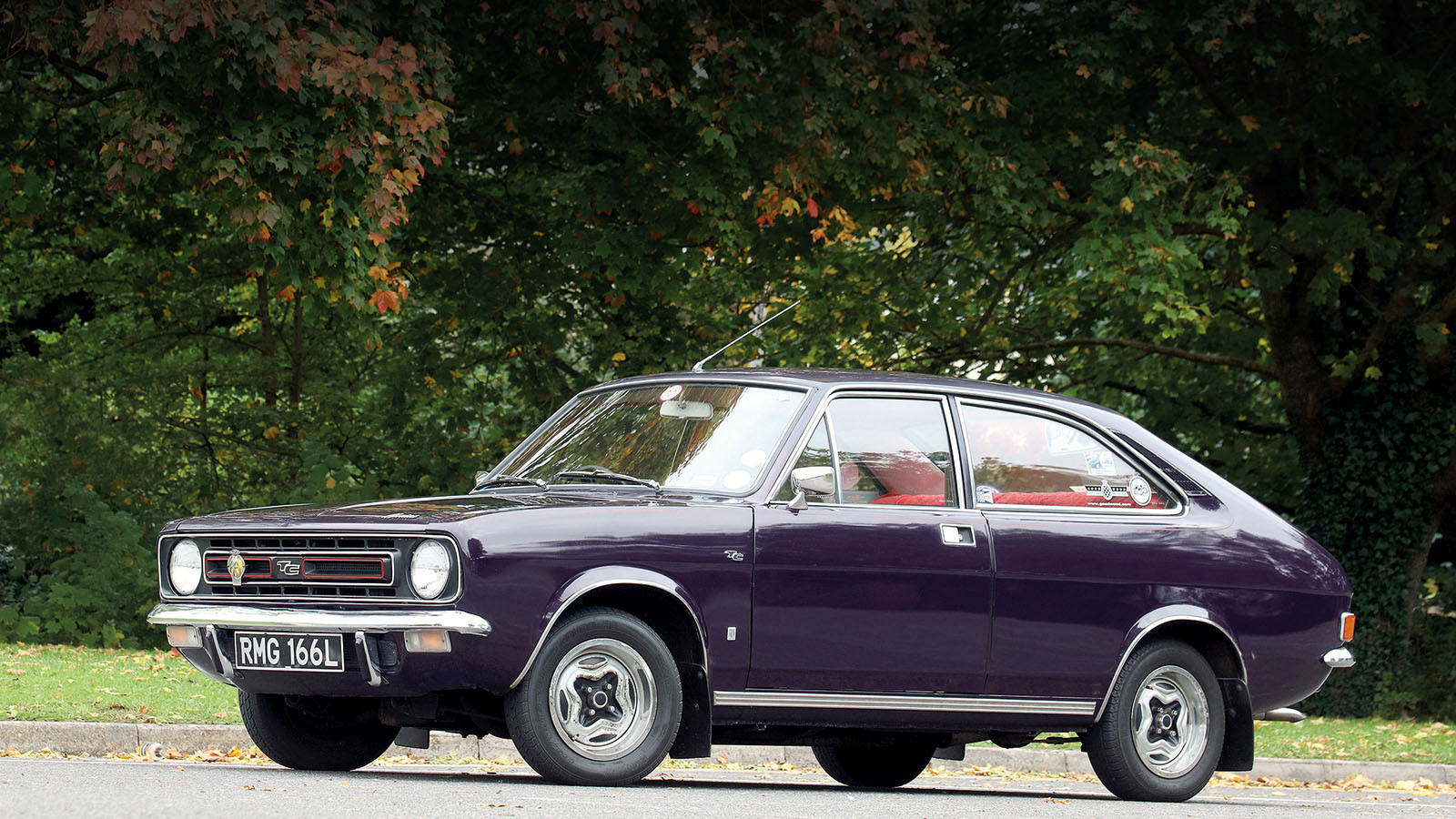 © James Mann/Classic & Sports Car
© James Mann/Classic & Sports Car -
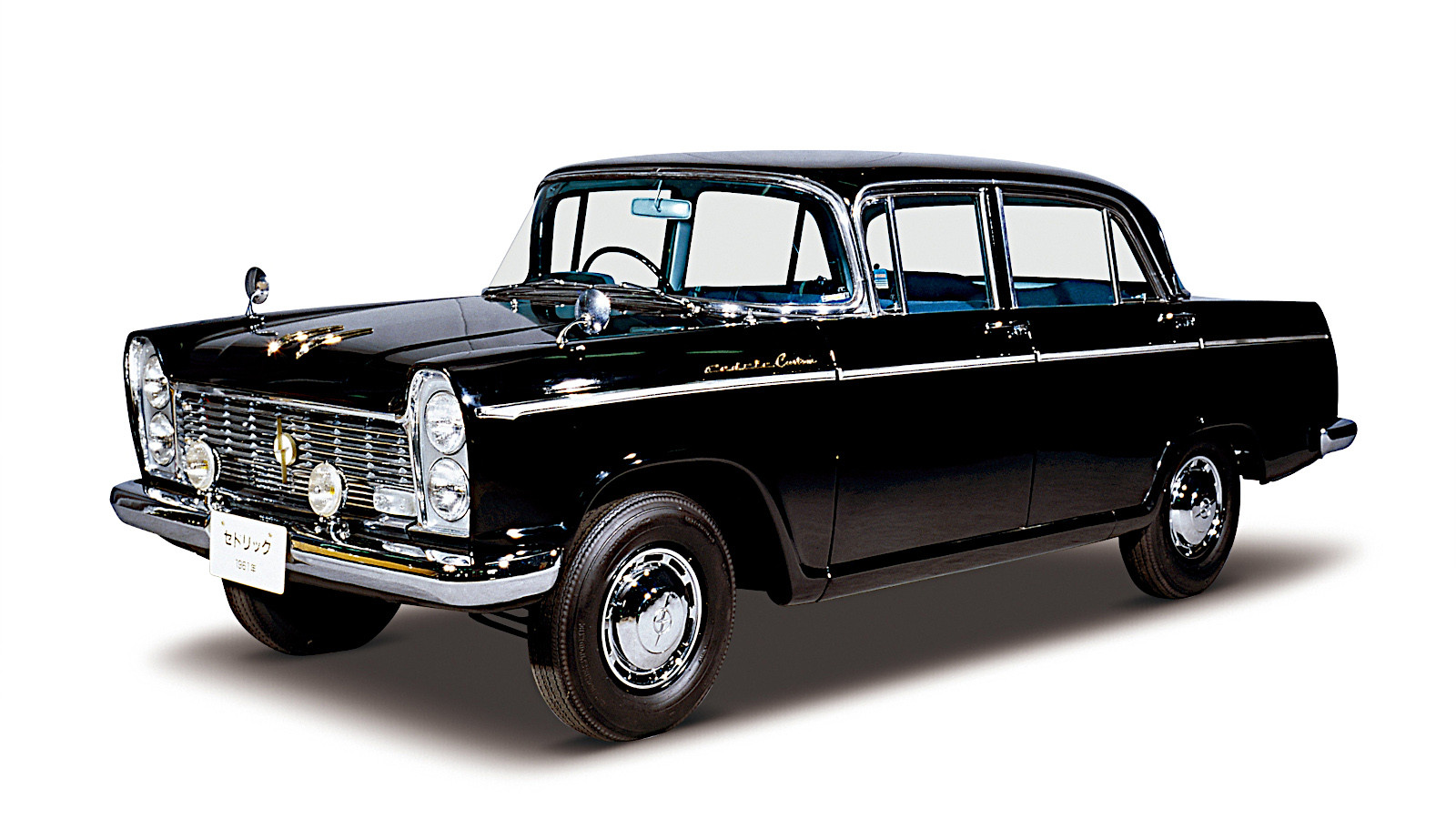 © Nissan
© Nissan -
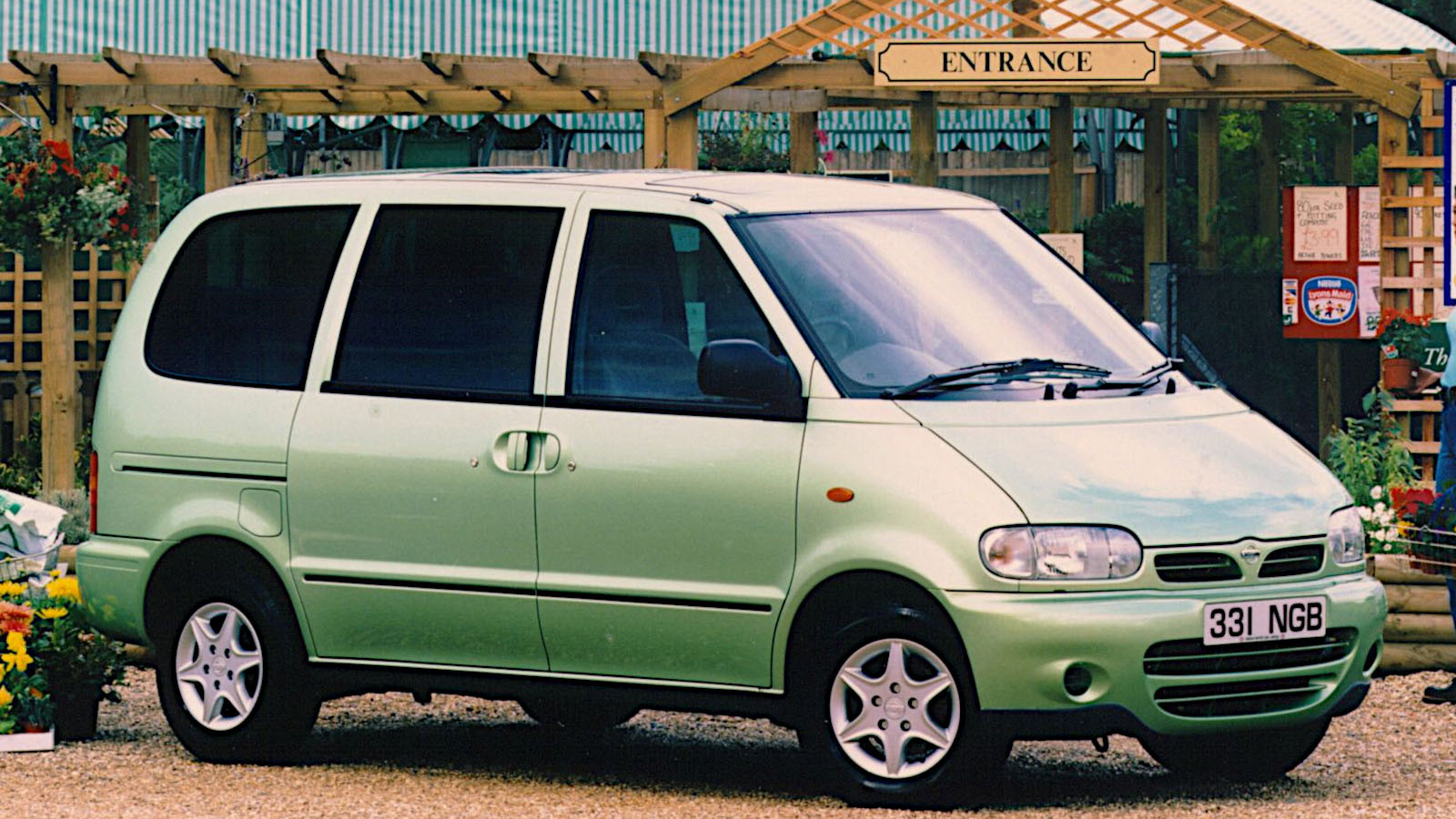 © Nissan
© Nissan -
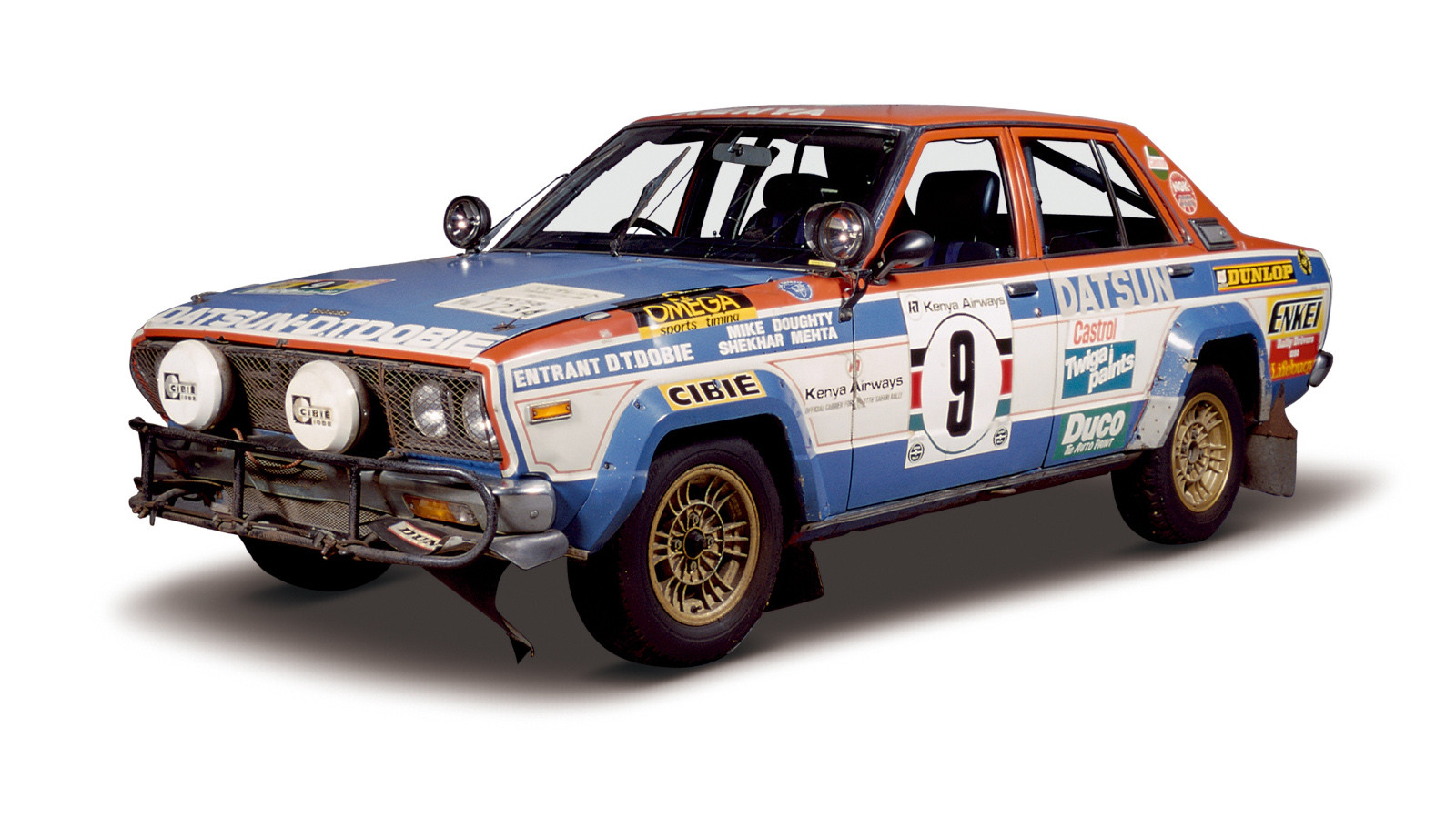 © Nissan
© Nissan -
 © Stellantis
© Stellantis -
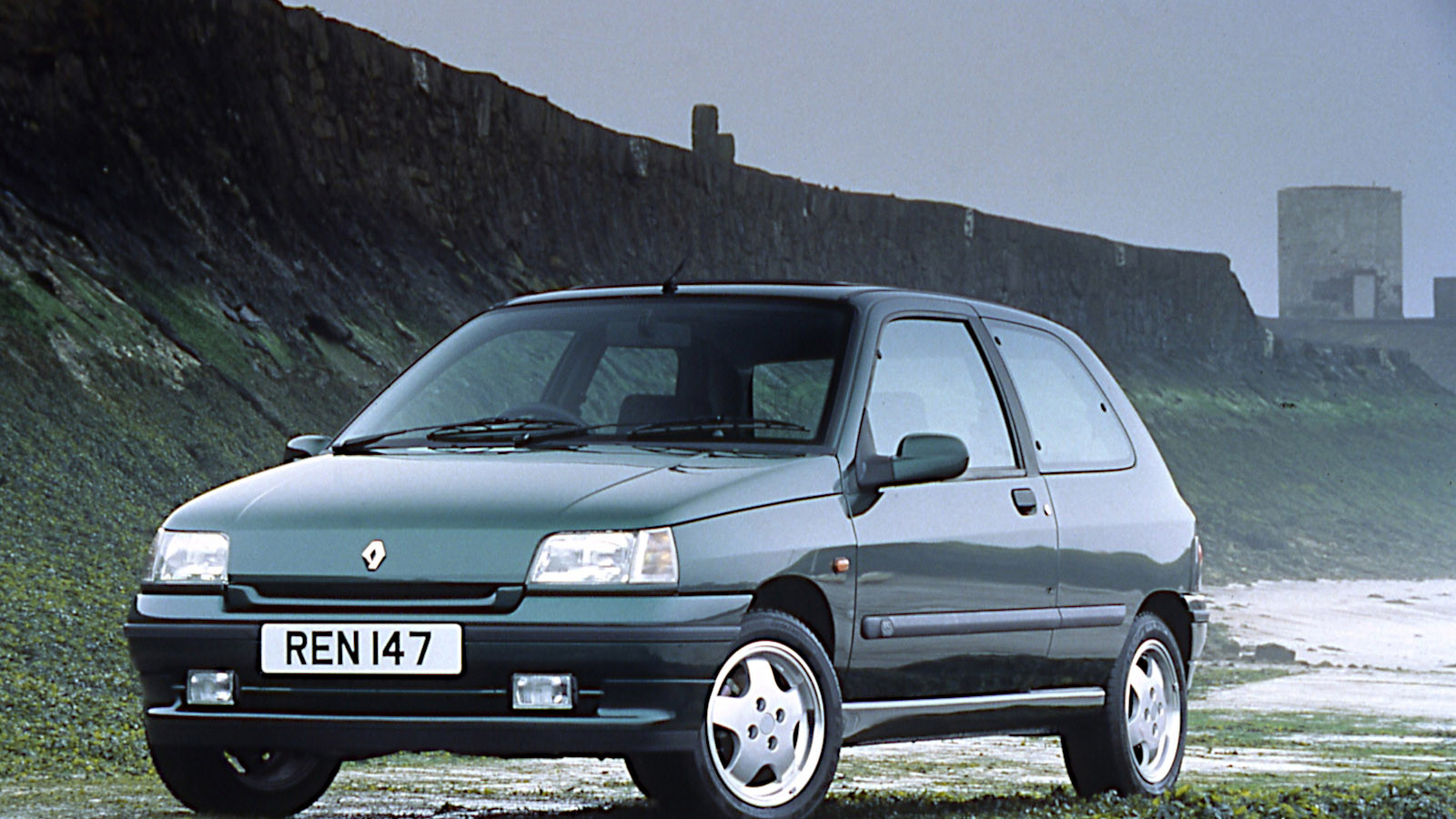 © Renault
© Renault -
 © Škoda
© Škoda -
 © Škoda
© Škoda -
 © Škoda
© Škoda -
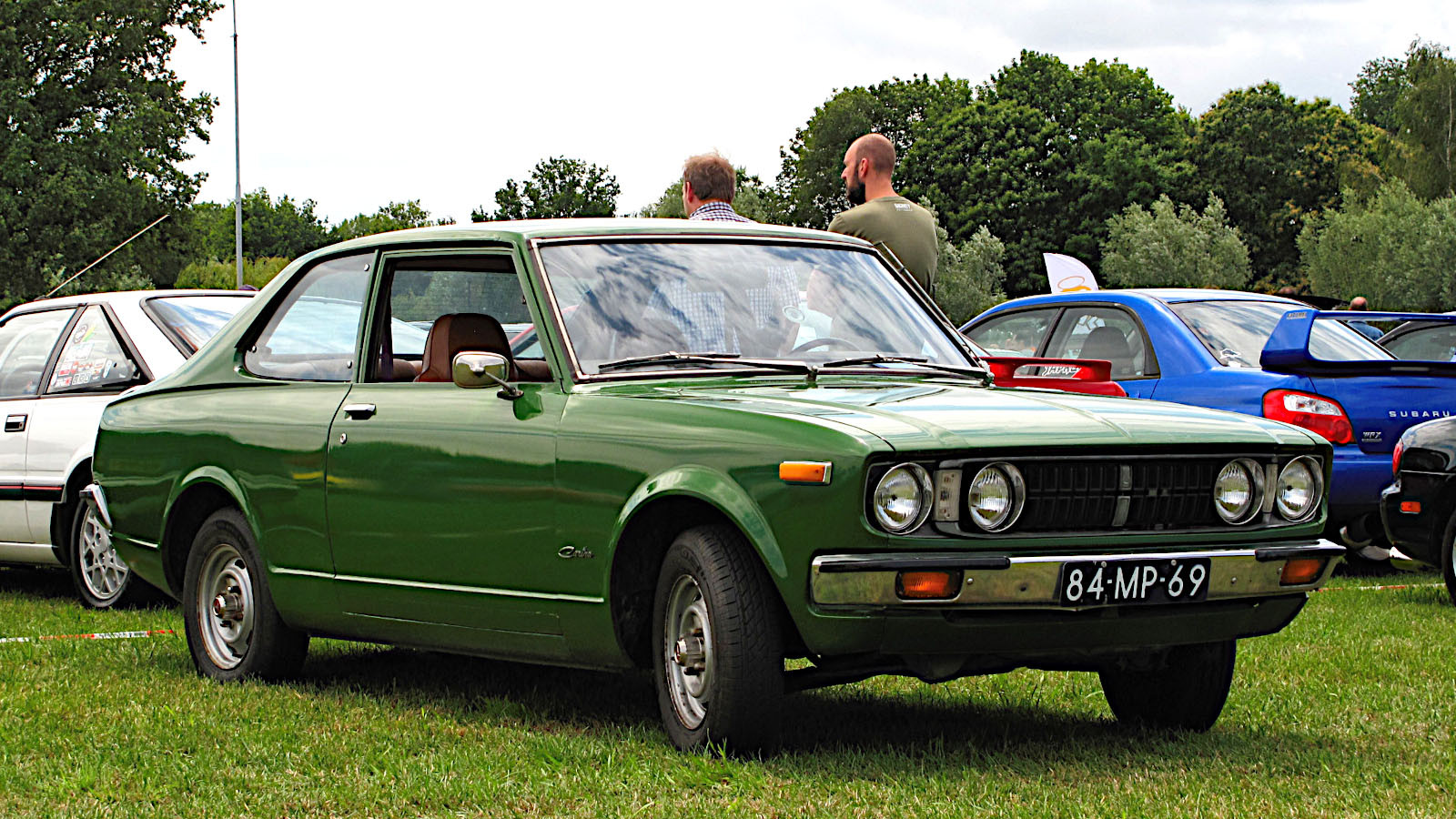 © Rutger van der Maar/Creative Commons licence https://creativecommons.org/licenses/by/2.0/legalcode.en
© Rutger van der Maar/Creative Commons licence https://creativecommons.org/licenses/by/2.0/legalcode.en -
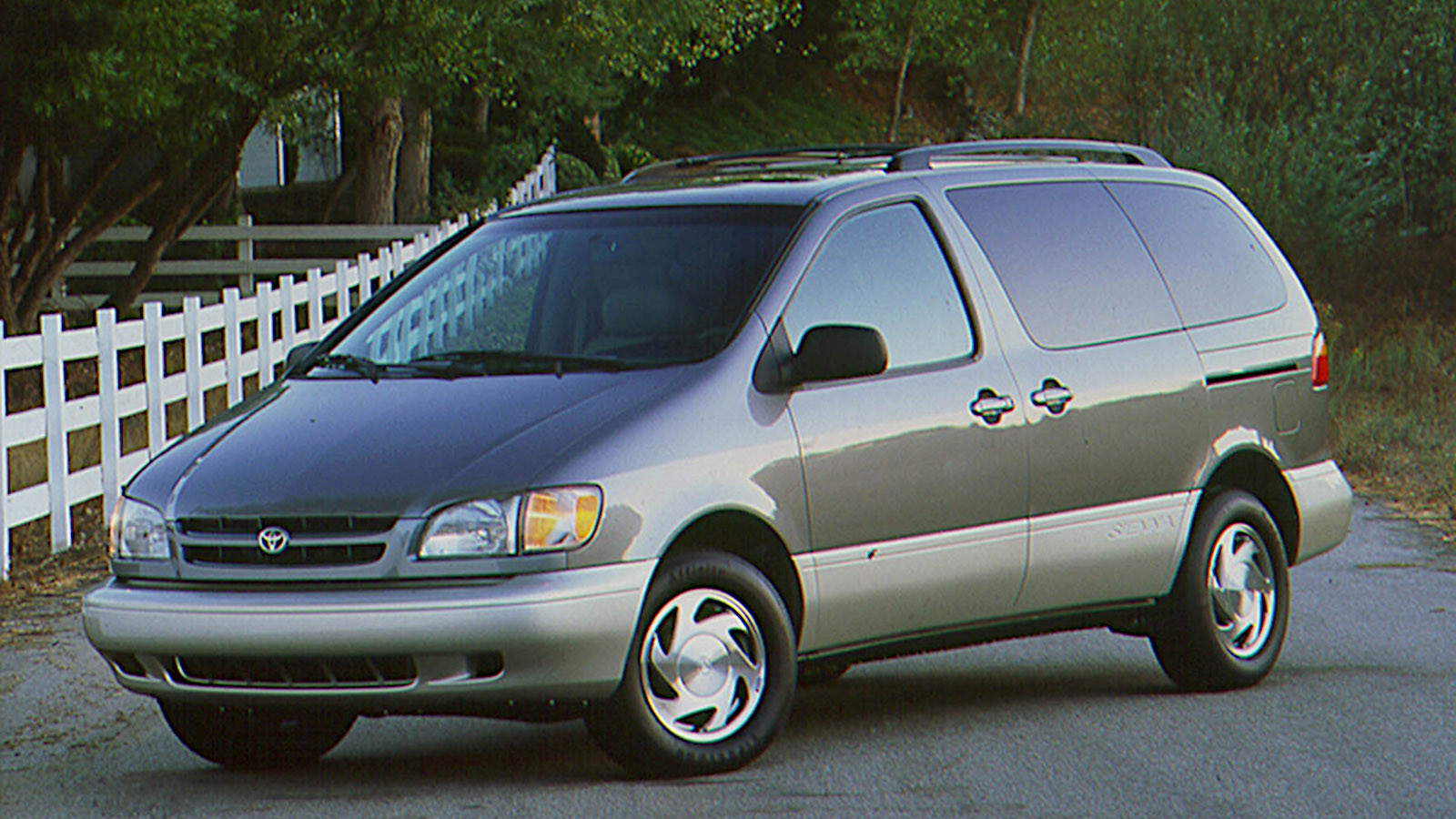 © Toyota
© Toyota -
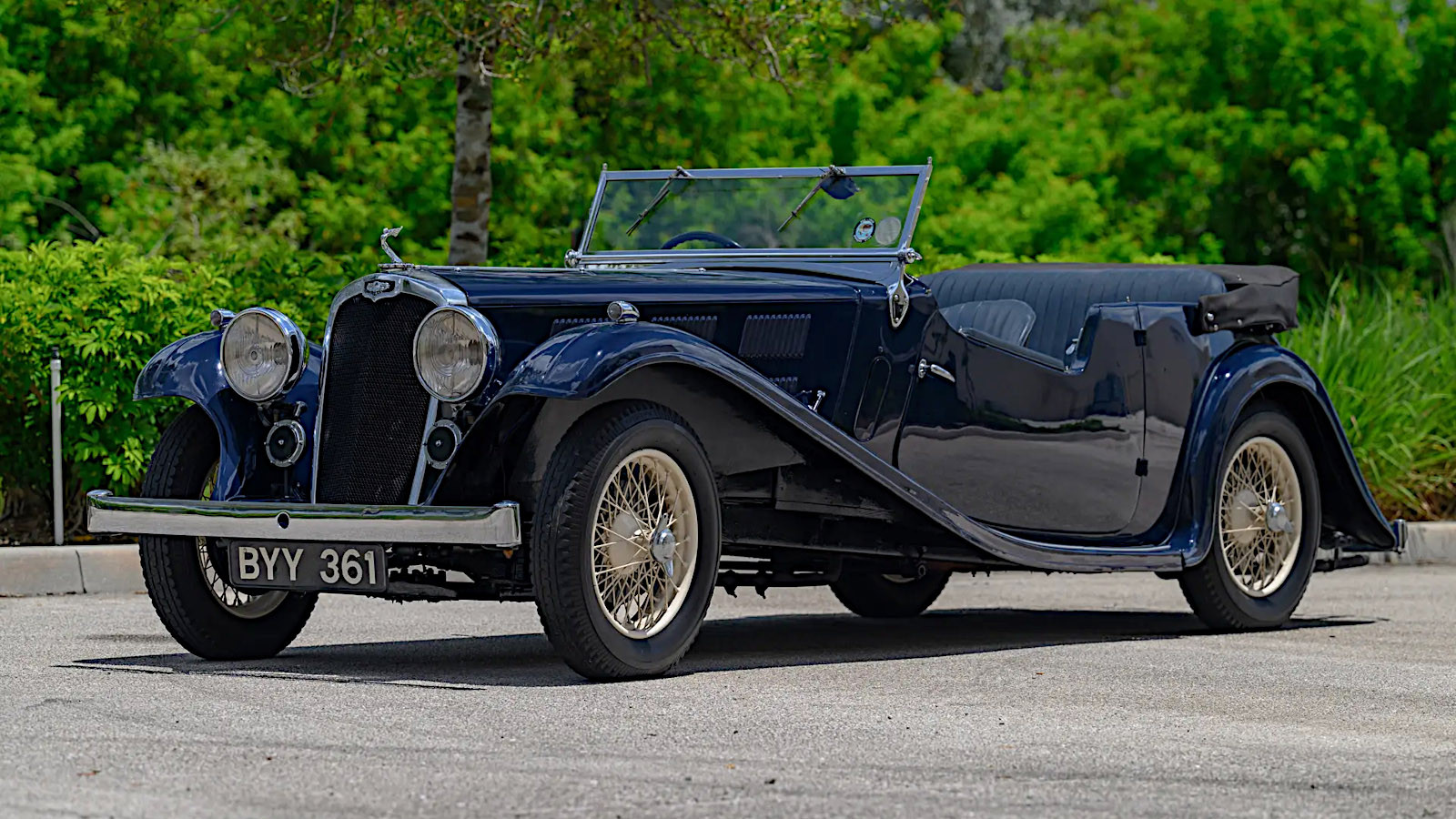 © Jasen Delgado/RM Sotheby’s
© Jasen Delgado/RM Sotheby’s -
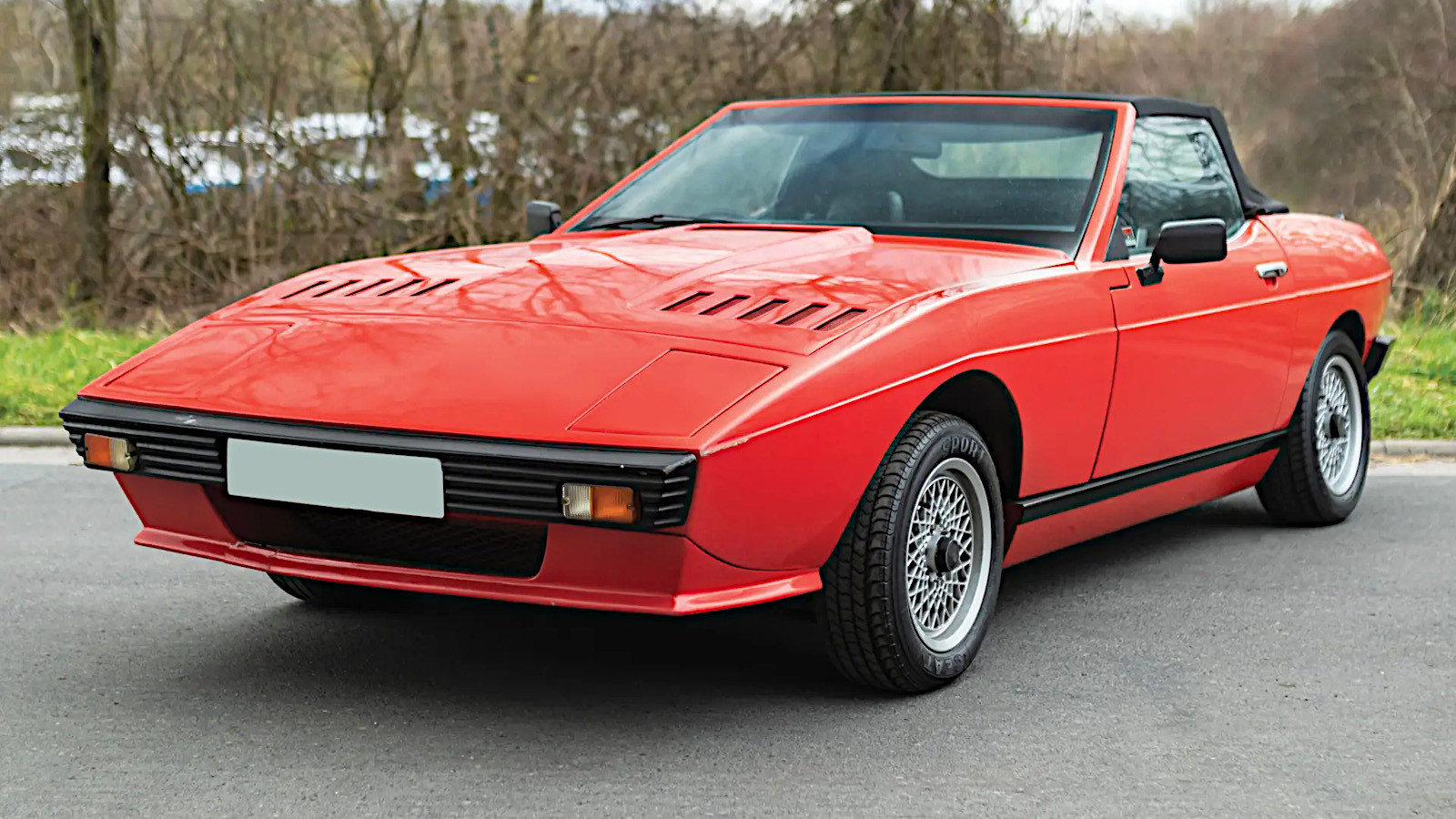 © Diana Varga/RM Sotheby’s
© Diana Varga/RM Sotheby’s -
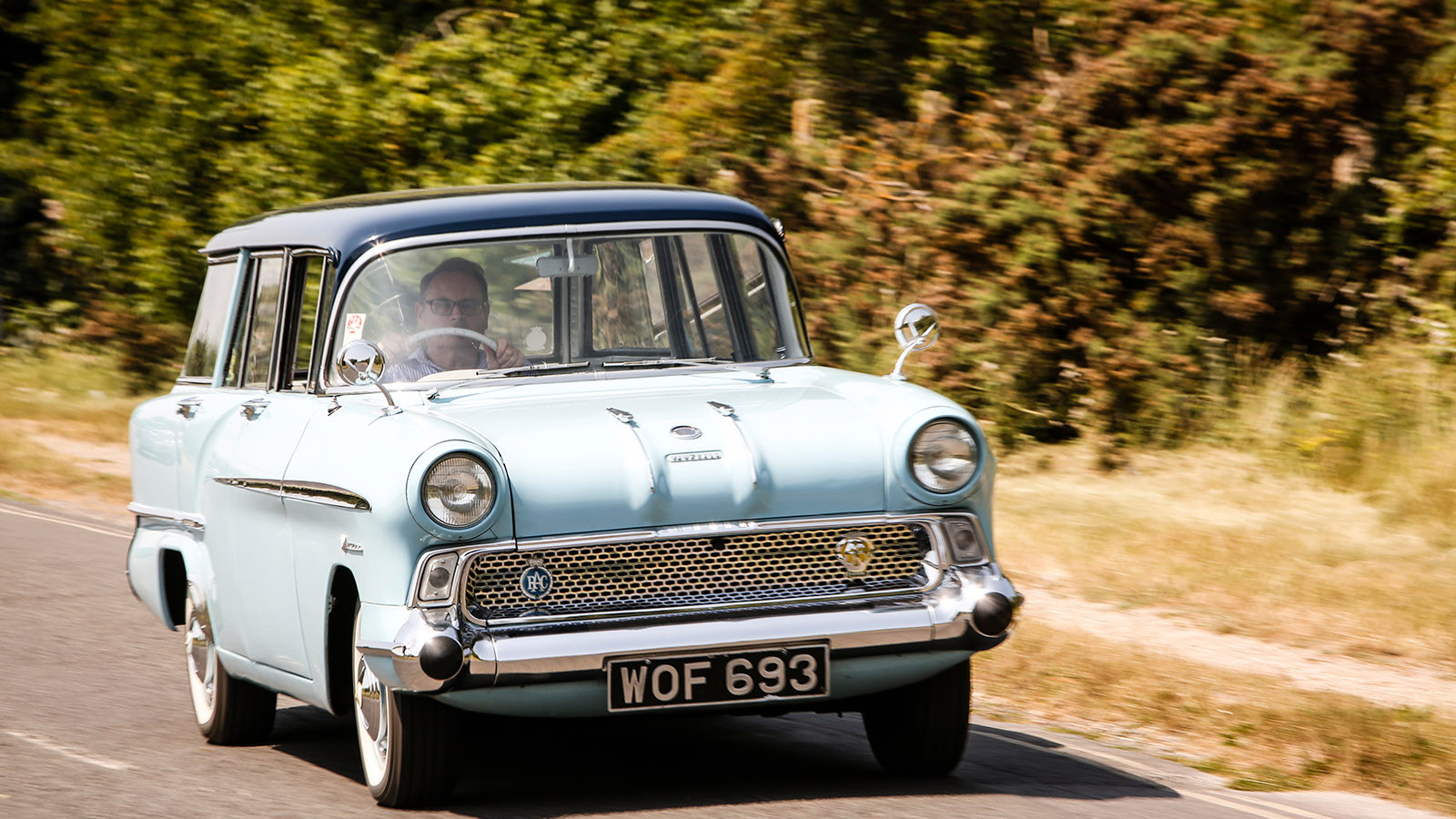 © Tony Baker/Classic & Sports Car
© Tony Baker/Classic & Sports Car
-
The name game
Though hardly universal, it’s by no means uncommon for cars to share their names with those curious but occasionally delightful creatures called human beings.
There are several ways of looking at this, and for our alphabetical dash through 30 examples we’re going with the given names of people that are shared with the model names of cars and, for the sake of variety, limiting ourselves to no more than three cars per marque.
You won’t, therefore, be seeing the likes of Buick, Ford or Maserati here, since, whatever their appeal in other ways, they fail this particular test.
Plus, we’re giving you up to three people bearing the names in question. Enjoy!
-
1. Alfa Romeo Giulia
Alfa Romeo has been using the Giulia name for more than 60 years, though not continuously.
It did this first with a saloon launched in 1962, which featured a 1.6-litre version of the company’s famous Twin Cam engine and a five-speed gearbox, and was advertised as being ‘designed by the wind’ on account of its drag coefficient, which was low for those days.
Giulia is the Italian equivalent of the English name Julia, and is used widely in Italy, but often in other countries, too.
Famous Giulias include Giulia Conti (an Italian sailor), Giulia Enders, (a German scientist and author) and Giulia Steingruber (a Swiss gymnast).
-
2. Alfa Romeo Giulietta
The original Alfa Romeo Giulietta predated the Giulia by nearly a decade, being introduced as a coupé in 1954.
A saloon was added to the range the following year, as was a Spider convertible styled by Bertone.
A second Giulietta was produced in the 1970s and 1980s, and a third in the second decade of the 21st century.
The name is the equivalent of Juliet, so if Shakespeare had been Italian, one of his most famous plays would probably be called Romeo e Giulietta (but he wasn’t, so it isn’t).
Three famous Giuliettas include Giulietta Guicciardi (an Austrian countess and dedicatee of Beethoven’s Moonlight Sonata), Giulietta Masina (an Italian actress) and Giulietta (an Australian singer/songwriter).
-
3. Austin Devon
Austin produced several small saloon cars called A40, and fortunately avoided possible future confusion by also giving them distinct model names.
The four-door Devon, one of Austin’s first post-war models, was, like the two-door Dorset also launched in 1947, indisputably named after an English county, and not a person.
However, it’s equally beyond question that Devon is also sometimes used as a first name, for both women and men, which is why the car is included in this list.
Dorset is not, and in any case this car was significantly less popular, and was dropped three years before the Devon.
Well-known people with the name Devon include Devon Aoki (an American model and actor), Devon Malcolm (a British cricketer, born in Jamaica) and Devon Murray (an Irish actor).
-
4. Austin Somerset
The Austin Somerset was the replacement for the A40 Devon and, less directly, the Dorset.
Launched in 1952, the year Austin was merged with former rival Morris to create the British Motor Corporation, it had a more American look than either of its predecessors.
Production lasted only until 1952, when the Somerset was replaced by the A40 Cambridge, a smaller-engined alternative to the otherwise almost identical A50 Cambridge.
Like Devon, Somerset is the name of an English county, but is also occasionally used as a given name.
Examples of this include Plantagenet Somerset Fry and Somerset Maugham (both of whom were British authors), and Somerset Maxwell (a former Member of Parliament for King’s Lynn in Norfolk, UK).
-
5. Borgward Isabella
Introduced in 1954, the Borgward Isabella was a reasonably successful car, but unfortunately not successful enough to prevent its maker collapsing nine years later.
In the UK, Bill Blydenstein raced an Isabella before going on to become the lead engineer for Dealer Team Vauxhall.
A revived Borgward presented a new Isabella with an electric powertrain as a concept in 2017.
Isabella is a very popular name, and has been given to female members of royal families in many countries.
Famous people with the name Isabella include Isabella Isaksen (an American modern pentathlete), Isabella Rossellini (an Italian actress) and Isabella Vincent (an Australian Paralympic swimmer).
-
6. Chevrolet Caprice
Caprice was first used for a high-end version of the Chevrolet Impala in 1965, and then for a separate model in the following year.
There have been many Caprice cars since then, the last of them (so far, at least) having been manufactured in May 2017.
Caprice is a noun with various meanings including ‘whim’ and ‘change of mood’, and is also used as a name for both men and women.
Caprice Bourret (an American actor, model and business owner), Caprice Coleman (an American wrestler) and Caprice Crane (an American writer) are all examples of people with this name.
-
7. Fiat Dino
The Fiat Dino was manufactured from 1966 to 1973, mostly so its V6 engine would be produced in enough numbers to allow it to be used in racing Ferraris.
Ferrari also used it in its own road cars, but only those in the Dino sub-brand, which was created to build cheaper models than the ones using the usual name.
It was named after Enzo Ferrari’s son Alfredo, usually known as Dino (short for Alfredino, meaning ‘little Alfred’), an engineer who died of muscular dystrophy at the age of just 24 and is not to be confused with another Dino Ferrari, who was an Italian artist.
Other people with the name Dino include Dino Dolmagić (a Serbian footballer), Dino Kartsenakis (an American pianist) and Dino Morelli (a Northern Irish racing driver).
-
8. Fiat Samantha
This classic car was a very unusual machine based on the Fiat 125 saloon, but not sold through the usual Fiat channels.
This, and its high cost, might explain why the car, bodied by Vignale, found only around 100 customers.
There are far more people than that called Samantha, a name whose origins are not agreed on but which might possibly be the female form of Samuel.
Famous people called Samantha include Samantha Beckinsale (a British actor), Samantha Quek (a British hockey player and television presenter) and Samantha Stosur (an Australian tennis player).
-
9. Kaiser Henry J
Like the Fiat Dino, though by a more direct route in this case, the Henry J was named after a specific person.
That was Henry John Kaiser, whose various business interests at one point included being the boss of the Kaiser-Frazer Corporation, which produced the budget-priced car in the early 1950s.
The name Henry is used very widely, and is believed to have been created by the speakers of a now extinct West Germanic language called Old Frankish.
Famous Henrys include: Henry Campbell-Bannerman (a former British Prime Minister), Henry Ford (an American businessman) and Henry Winkler (an American actor).
-
10. Lancia Augusta
Having established a reputation for building sporty cars, Lancia went against type in 1932 with the Augusta, a small saloon aimed at the mass market.
Its 1.2-litre engine, with the V4 layout favoured by the marque in those days, produced a mere 35bhp, but even that modest figure was enough to persuade Tazio Nuvolari (widely regarded as one of the finest racing drivers in history) to buy one.
Augusta, often used in European royalty in the past, is of Latin origin, and part of a family of names which also includes August and Augustus.
Here are three well-known people with the name Augusta: Augusta Foote Arnold (an American naturalist and author), Augusta Montaruli (an Italian politician) and Augusta Read Thomas (an American composer).
-
11. Lancia Aurelia
Manufactured for most of the 1950s, the Lancia Aurelia was available as a saloon, a coupé or a convertible, and always with a V6 engine, though of varying sizes.
Competition versions finished second, fifth and seventh in the 1951 Mille Miglia road race, beaten only by Ferraris and Alfa Romeos, and took the top three places in the following year’s Targa Florio.
Aurelia, and its variant Aurelie, are thought to be derived from the Latin aureus, meaning ‘golden’, though other possibilities have been proposed.
Aurelia Browder (an American civil rights activist), Aurelia Pentón (a Cuban athlete) and Aurelia Trywiańska (a Polish athlete) are all famous Aurelias.
-
12. Lancia Flaminia
The replacement for the Aurelia which made its debut at the Geneva show in 1957 was a production-ready version of the Florida prototype revealed in Turin the previous year.
In four-door saloon form (coupé and convertible body styles were also available), the Lancia Flaminia resembled the later Peugeot 404 and mid-sized BMC Farina models, which wasn’t surprising because Pininfarina designed all of them.
Unlike those four-cylinder cars, however, the Lancia Flaminia was only ever fitted with a V6 engine, measuring either 2.5 or 2.8 litres, and it remained in production until 1970.
Flaminia, while definitely a name, is very uncommon, but is represented by the prolific British film and TV actress Flaminia Cinque.
-
13. Lloyd Arabella
The German car maker Lloyd, as opposed to the earlier British one, was part of the Borgward group.
The Arabella – its final model, introduced in 1959 – had an 897cc engine with four cylinders, twice as many as that of any other Lloyd.
Arabella was an old name for the Jordanian city now known as Irbid, and seems to have been used for a person for the first time in the case of Arabella de Leuchars, granddaughter of the Scottish king William the Lion.
Famous people called Arabella include Arabella Campbell (a Canadian artist), Arabella McKenzie (an Australian rugby player) and Arabella Weir (a Scottish actor).
-
14. Lotus Elise
When the first-generation Lotus Elise was launched in 1996, the car maker was under the ownership of Italian entrepreneur Romano Artioli.
The new model was named after his granddaughter, but not directly, since her name is in fact Elisa.
Elise, however, is also a name, related to Elize, Elyse and Elizabeth.
Elise Mertens (a Belgian tennis player), Elise Christie (a British former short-track speed skater) and Elise Wortley (a British explorer) are all famous people with this name.
-
15. Mazda Carol
Introduced in 1962, the original Mazda Carol, also known as the P360, was the Japanese manufacturer’s second passenger car after the smaller R360, which at the time had been around for two years.
The Carol was discontinued in 1970, and the name was dropped for 19 years before being brought back for Mazda’s equivalent of the contemporary Suzuki Alto.
There have been six more generations of Carol since then, all of them related to the Alto.
The name Carol comes from the same root as Charles, and is used for both sexes, though more often for women.
Famous people who have the name Carol include Carol Burnett (an American actor), Carol Reed, (a British film director) and Carol Vorderman (a British broadcaster).
-
16. Mitsubishi Celeste
The Celeste arrived in 1975 as a hatchback version of the Mitsubishi Lancer, which had been launched two years earlier.
Powered by four-cylinder engines ranging in capacity from 1.4 to 2.6 litres, it was sold in different parts of the world under different names, including Chrysler Lancer, Dodge Arrow and Plymouth Arrow.
Coming from the same root as the world ‘celestial’, meaning ‘relating to the sky’, Celeste can refer to various things such as a lake in Bolivia, a river in Costa Rica, a video game, at least two songs, a keyboard instrument also known as the celesta and the wife of the fictional Babar the Elephant, as well as being a name for real people.
These include Celeste Barber (an Australian comedian), Celeste Buckingham (a Slovakian singer) and Celeste Johnson (an American singer and former athlete).
-
17. Morris Marina
The Morris Marina was British Leyland’s mid-sized offering for most of the 1970s and available in several forms, including a saloon, an estate, a coupé, a van and a pick-up truck.
Although not always highly regarded today, the Morris Marina sold well, competing strongly against the first- and second-generation Ford Escorts.
Derived from the Latin, Marina means ‘of the sea’ (hence its use as a word for somewhere to keep boats), and is also a female name in many countries.
Marina Hyde (a British journalist), Marina Golbahari (an Afghan actor) and Marina Kuroki (Japanese singer) are all well-known people with this given name.
-
18. Nissan Cedric
Although the -ic ending suggests that it might have been around for many centuries, the name Cedric in fact appeared for the first time as recently as 1819, in Walter Scott’s novel Ivanhoe.
Nissan has been using it since 1960, originally, it’s said, in reference to Cedric Errol, the lead character in Little Lord Fauntleroy, written by Frances Hodgson Burnett and published in 1886.
The first Nissan Cedric was an upmarket saloon (also available as an estate and a van), and there have been many since.
Famous Cedrics include Cedric Thorpe Davie (a British composer), Cedric Antonio Kyles (an American comedian) and Cédric Villani (a French mathematician).
-
19. Nissan Serena
The original Nissan Serena was an MPV launched in 1991, and despite the extraordinary increase in the popularity of SUVs since then, the current Serena at the time of writing, in its sixth generation, is still what used to be called a ‘people carrier’.
The name Serena has been around for a very long time, for example in the case of a Roman noblewoman who died in the year 409.
It’s derived from the word ‘serene’, which could perhaps be used sarcastically to describe the performance of the earliest Nissan of this type.
The diesel-engined version in particular was reputed to be the slowest-accelerating passenger vehicle on sale in the UK, with a 0-60mph time of around half a minute.
Serena Deeb (an American wrestler), Serena Ryder (a Canadian singer) and Serena Williams (an American tennis player) all share this name.
-
20. Nissan Violet
The Violet name was used in some countries for several medium-sized Nissans (or Datsuns) in the 1970s and 1980s.
The second-generation versions were remarkably successful in motorsport, winning six World Rally Championship rounds: Shekhar Mehta/Mike Doughty won the Safari every year from 1979 to 1982 (1979 winning car pictured), while Timo Salonen/Seppo Harjanne won the rounds in New Zealand in 1980 and the Ivory Coast in 1981.
As a feminine name, Violet derives from the flower, and has the cognates Viola, Violeta, Violetta and Violette.
Although we’re restricting ourselves to three cars per brand here, it’s worth pointing out that Nissan has also produced models called Gloria and Silvia, both of which are names.
Famous Violets include Violet Bonham Carter (a British politician), Violet Smith (an American jockey) and also Violet Trefusis (a British writer).
-
21. Opel Karl
The newest car on this list was a small hatchback called the Vauxhall Viva in the UK, but known as the Karl in markets where it was sold under the Opel brand.
It’s named after Carl (both spellings are used), the son of Adam Opel, who actually died before the company he founded began manufacturing cars, and who is himself commemorated in the name of a slightly larger hatchback derived from the Corsa.
Karl and Carl are both Germanic variants of the name Charles, which has been around for well over a millennium.
It is a name shared by Karl Brooks (an American footballer), Karl Marx (a German philosopher) and Karl Wendlinger (an Austrian racing driver).
-
22. Renault Clio
A change in naming policy led Renault to abandon the number 5 for its third-generation supermini and use Clio instead.
That name is still used today, though Renault has reintroduced the 5 as an electric vehicle.
As a given name, Clio has been around for an enormous period – since the time of the Ancient Greeks, in fact, who used it for their mythical muse of history.
Among the famous people called Clio are Clio Barnard (a British film director), Clio Hinton Bracken (an American sculptor) and Clio Gould (a British violinist).
-
23. Škoda Estelle
Škoda used the Estelle name in the UK for a series of rear-engined cars produced from the mid-’70s until the front-wheel-drive Favorit came along in 1990.
While Škoda had a proud engineering history, its cars of this period were popular largely because they were cheap, though they also performed exceptionally well in rallying.
Estelle is derived from the Latin word stella, meaning ‘star’, and comes to us via Old French.
Estelle Blackburn (an Australian journalist), Estelle Getty (an American actor) and Estelle Skornik (a French actor) are among the well-known people with this name.
-
24. Škoda Felicia
Škoda’s first Felicia (pictured) was a two-door convertible introduced in 1959.
It lasted for five years, and was followed after a long gap in 1994 by the second, a replacement for the Favorit and the first Škoda introduced after Volkswagen became a shareholder in the company.
Like Estelle, Felicia is derived from a Latin word, in this case felix, meaning ‘happy’.
As a name, it was being used as early as the 12th century by a Sicilian-born queen of Hungary, a queen of Aragon and Navarre, and a dogaressa of Venice.
Other famous Felicias include Felicia Bond (an American author), Felicia Chin (a Singaporean actor) and Felicia Hano (an American gymnast).
-
25. Škoda Octavia
The modern Škoda Octavia has been produced for four generations, and in each of them it has been related to at least one Audi, Seat, Volkswagen and, latterly, Cupra.
All were preceded by another Octavia manufactured throughout the 1960s, and so named because it was the eighth Škoda introduced after the Second World War (octavia being derived from the Latin word for ‘eighth’).
The name was widely used in Roman times, for example in the cases of the half-sisters Octavia the Elder and Octavia the Younger, both of whom lived and died in the BC era.
Other people called Octavia include Octavia Butler (an American author), Octavia Spencer (an American actress) and Octavia Kay – also Oktawia Kawęcka (a Polish musician).
-
26. Toyota Carina
Available as a saloon, a coupé and an estate, the first-generation Toyota Carina was a fairly straightforward car introduced in 1970, at the same time as the more exciting but closely related Celica.
Several more Carinas followed it before the name was dropped early in the 21st century.
All of them were named after the constellation Carina, whose name is Latin for the keel of a ship.
Famous people with the name Carina include Carina Berg (a Swedish television presenter), Carina Lau (a Chinese actor) and Carina Vogt (a German ski jumper).
-
27. Toyota Sienna
The Toyota Sienna is an MPV which has been manufactured for all four of its generations in the US, and latterly also in China.
Its name is said to derive from the Italian city of Siena, though you’ll note that an extra ‘n’ has been allowed to creep in.
Sienna is also a pigment, and the name of a shade of brown similar to the pigment’s colour.
Famous Siennas include the British actors Sienna Guillory and Sienna Miller, although the latter was born in the USA, and Sienna Shields (an American artist).
-
28. Triumph Gloria
In the 1930s, Triumph produced a great many varieties of Gloria, with several body styles and four- or six-cylinder engines ranging in capacity from 1.1 to 2 litres.
The range included the Vitesse (a name Triumph would use again later) and the Southern Cross two-seat roadster.
As mentioned briefly earlier, Nissan also used the Gloria name, first for a model it inherited after combining with the Prince Motor Company, and later for derivatives of the Cedric.
Gloria essentially means ‘glory’, and has been used as a feminine name throughout the world for several centuries.
Famous people called Gloria include Gloria Estefan (a Cuban-American singer), Gloria Kite Chebiwott (a Kenyan athlete) and Gloria Steinem (an American writer).
-
29. TVR Tasmin
TVR is a contraction of founder Trevor Wilkinson’s first name, but that doesn’t count here.
Tasmin, however, does, since it was the name of TVR’s first wedge-shaped model.
Produced for most of the 1980s, it was available either with the 2.8-litre Ford Cologne V6 engine or, less sportily, with the 2-litre four-cylinder Pinto.
There are several suggestions for the derivation of the name (which is given mostly to females but sometimes to males), including an Arabic word for gem, an English alternative to ‘twin’ and a contraction of Thomasina.
Tasmin Little (a British violinist), Tasmin Mitchell (an American basketball player and coach) and Tasmin Pepper (a South African racing driver) also have this name.
-
30. Vauxhall Victor
Five generations of Vauxhall Victor saloons and estate cars were produced from 1957 to 1976.
Variants included the sporty VX4/90 (in every generation except the first) and the Ventora, which was powered by the 3.3-litre straight-six engine also used in the Cresta.
It seems beyond doubt that Vauxhall used the name in its sense of ‘winner’, but there have been many people called Victor, including three popes and, for balance, two antipopes.
Some of the famous people with the name Victor are Viktor Korchnoi (a Russian chess grandmaster), Victor Mature (an American actor) and Victor Silvester (a British dancer and musician).
